Outdoor structures like pergolas and gazebos are popular additions to any backyard, offering shade, style, and functionality. While they may seem similar at first glance, these two structures serve distinct purposes and have unique features. Whether you’re planning a gazebo garden, a cedar pergola, or a backyard pavilion, understanding the differences can help you decide which option is best for your outdoor space.
This guide will break down the key differences between gazebos and pergolas, their ideal uses, and how they fit into various outdoor designs.
What Is a Gazebo?
A gazebo is a freestanding outdoor structure that typically features a solid roof, open sides, and a circular, hexagonal, or octagonal shape. Designed to provide shade and shelter, gazebos are often placed in gazebo gardens as focal points or gathering spots. They offer a fully covered area, making them ideal for year-round use in many climates.
Key Features of Gazebos:
Covered Roof: Gazebos feature a solid roof, often made from shingles, metal, or wood, providing complete protection from the sun and rain.
Enclosed or Open Design: While gazebos are open-sided, they may include screens, curtains, or lattice walls for added privacy and protection.
Ornate Design: Gazebos are often decorative, with intricate detailing that makes them a stunning centerpiece for any outdoor space.
Uses for a Gazebo Garden:
Create a shaded seating area surrounded by flowers and plants.
Host outdoor gatherings like weddings or tea parties.
Use as a reading nook or meditation space in your backyard.
What Is a Pergola?
A pergola is an outdoor structure characterized by an open roof made of horizontal beams or slats supported by vertical posts. Unlike gazebos, pergolas provide partial shade rather than full coverage. They are often used to define outdoor spaces, such as patios, walkways, or dining areas.
Key Features of Pergolas:
Open Roof Design: The slatted or latticed roof allows sunlight to filter through while offering some shade.
Linear Shapes: Pergolas are typically rectangular or square in shape, making them versatile for various backyard layouts.
Customizable Options: Pergolas can be freestanding or attached to a building, with materials like wood, metal, or vinyl.
Covered Pergolas for Enhanced Functionality:
While traditional pergolas have an open roof, covered pergolas include retractable canopies or permanent roofing options like polycarbonate panels. This makes them more functional for areas with frequent rain or intense sun.
The Charm of a Cedar Pergola:
For a timeless and natural look, a cedar pergola is an excellent choice. Cedar is naturally resistant to insects, rot, and weather, ensuring that your pergola lasts for years while maintaining its beauty.
Comparing Gazebos and Pergolas
While both structures can enhance your outdoor space, the differences between pergolas and gazebos come down to their design, functionality, and ideal uses. Here’s a detailed comparison:
|
Feature |
Gazebo |
Pergola |
|
Roof |
Solid, provides full coverage |
Open, provides partial shade |
|
Design |
Ornate, circular or angular |
Minimalist, linear shapes |
|
Materials |
Wood, metal, or vinyl |
Wood (e.g., cedar), metal, vinyl |
|
Shade |
Full shade and weather protection |
Filtered sunlight |
|
Best Uses |
Relaxation, gatherings, gardens |
Patios, walkways, dining areas |
|
Installation |
Usually freestanding |
Freestanding or attached to structures |
Choosing the Right Structure for Your Space
When deciding between a gazebo and a pergola, consider your outdoor needs, space, and aesthetic preferences.
Opt for a Gazebo If You:
Want a fully shaded area for all-weather use?
Prefer a focal point in a gazebo garden with a decorative design.Need a covered structure for outdoor parties or intimate gatherings.
Choose a Pergola If You:
Desire a versatile, open design for your patio or deck.
Enjoy partial shade and the ability to grow climbing plants like vines or roses.
Want a more modern, minimalist look, such as a cedar pergola or covered pergola for entertaining.
What About Backyard Pavilions?
A backyard pavilion is another outdoor structure that combines features of both gazebos and pergolas. Pavilions have a fully covered roof like a gazebo but are typically rectangular, resembling a pergola in layout. They’re ideal for larger spaces or those looking for more robust shelter options.
Uses for a Backyard Pavilion: Outdoor kitchens and dining areas.
Poolside shade structures.
Hosting large events like family reunions or parties.
Maintenance Tips for Pergolas and Gazebos
No matter which structure you choose, proper maintenance is essential for longevity and appearance:
1. Clean Regularly
Remove dirt, leaves, and debris from roofs and beams to prevent damage.
2. Seal Wooden Structures
For cedar pergolas or wooden gazebos, apply a sealant to protect against weather and insects.
3. Inspect for Damage
Check for loose screws, cracks, or rust and address issues promptly.
4. Repaint or Re-stain
Maintain the aesthetic appeal by repainting or re-staining wood as needed.
Enhancing Your Outdoor Space with These Structures
Both pergolas and gazebos can transform your backyard into a functional and beautiful retreat. Here are some ways to style and enhance these structures:
Gazebo Gardens: Surround your gazebo with vibrant flowers, shrubs, or a water feature for a serene garden retreat.
Pergola Lighting: Add string lights or lanterns to your pergola for an inviting ambiance during evening gatherings.
Climbing Plants: Decorate your pergola with wisteria, ivy, or climbing roses to blend nature with architecture.
Furniture: Furnish your structure with outdoor seating, dining sets, or a swing for added comfort and style.
When it comes to enhancing your outdoor space, both gazebos and pergolas offer unique benefits. A gazebo garden provides a stunning centerpiece with complete shade and weather protection, while a cedar pergola or covered pergola creates a versatile, airy space that’s perfect for modern patios. If you need a larger structure for hosting, a backyard pavilion might be the ideal solution.
By understanding the differences between these structures, you can make an informed decision that suits your lifestyle, aesthetic preferences, and outdoor needs. No matter which you choose, these structures will elevate your backyard into a functional and inviting oasis.

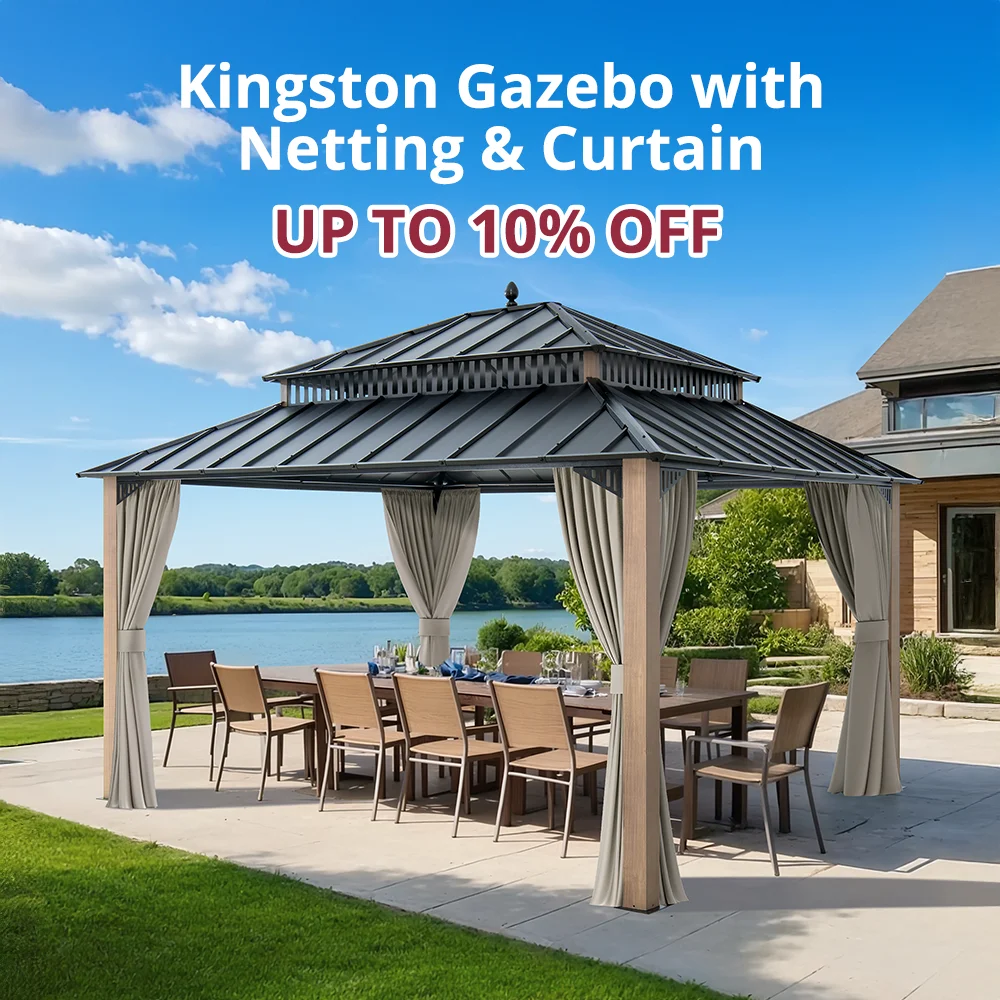
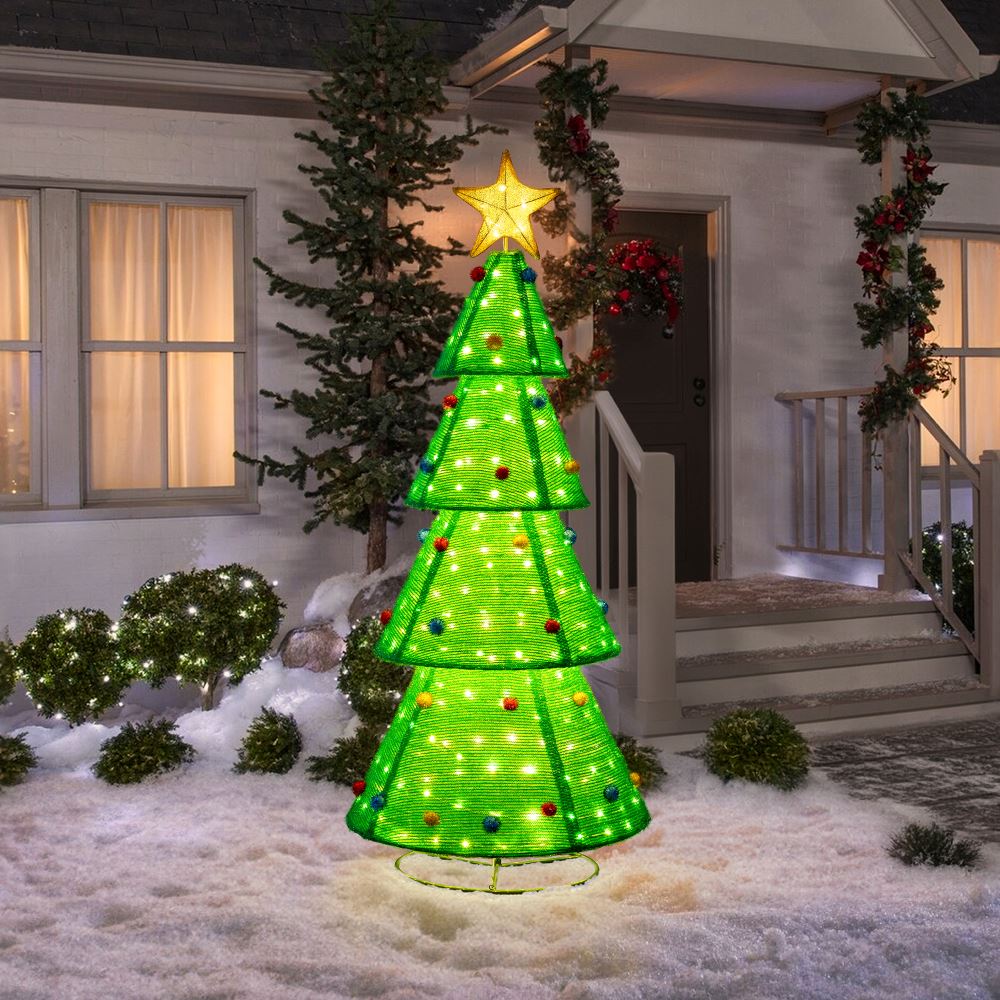
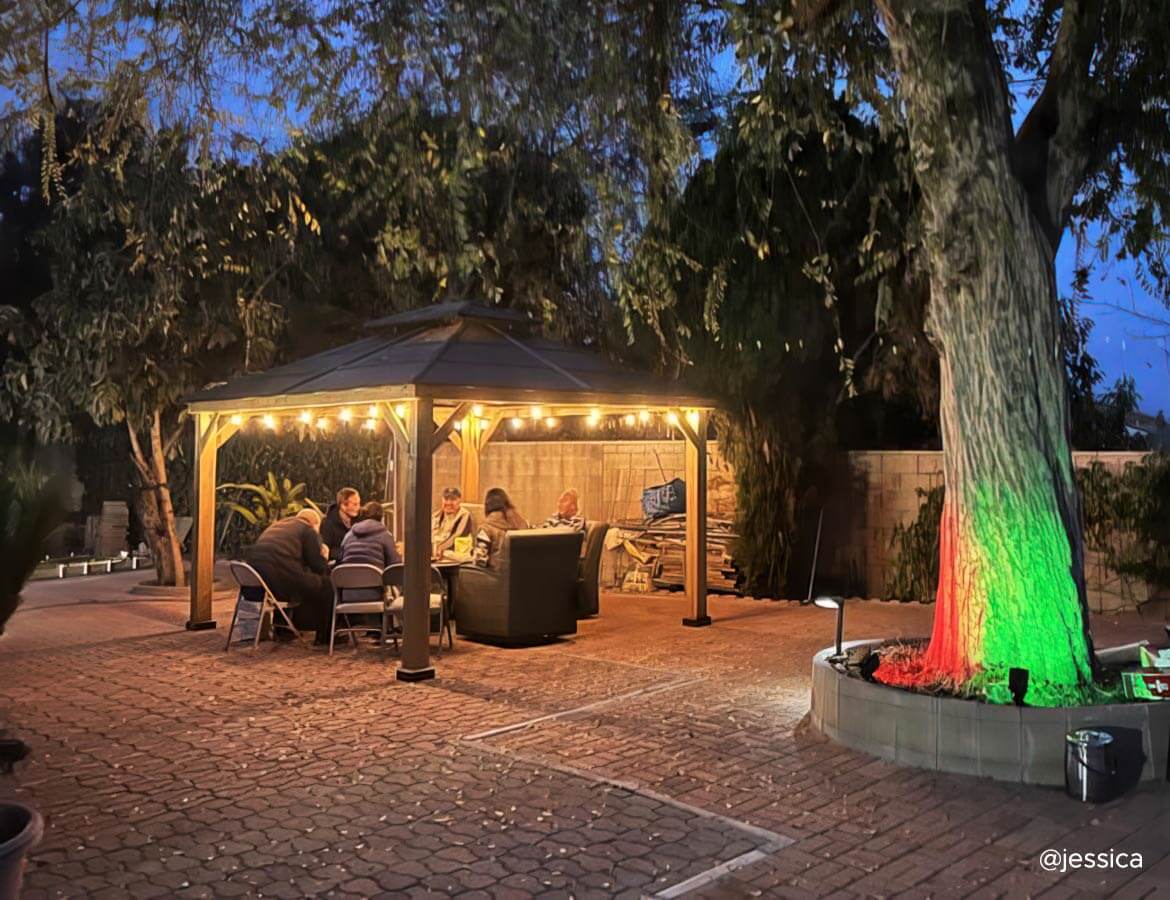
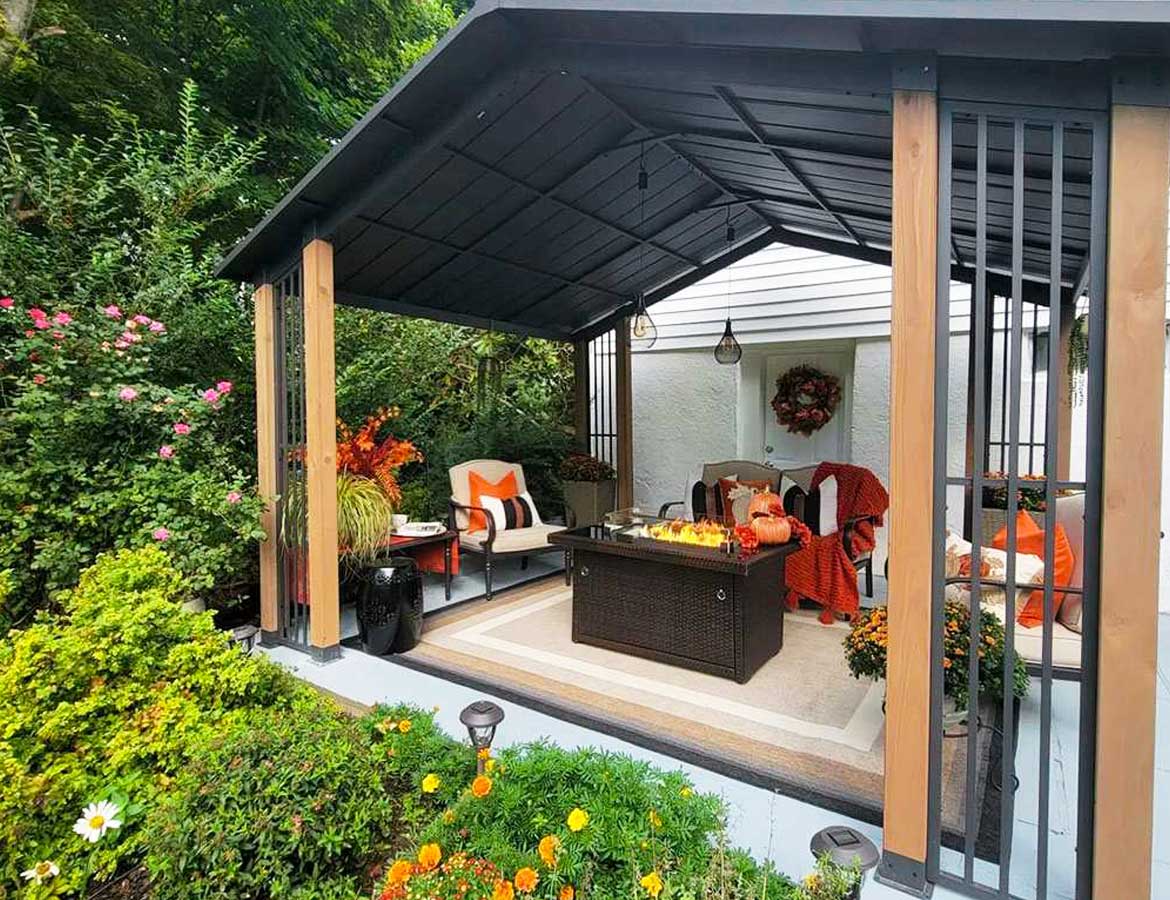
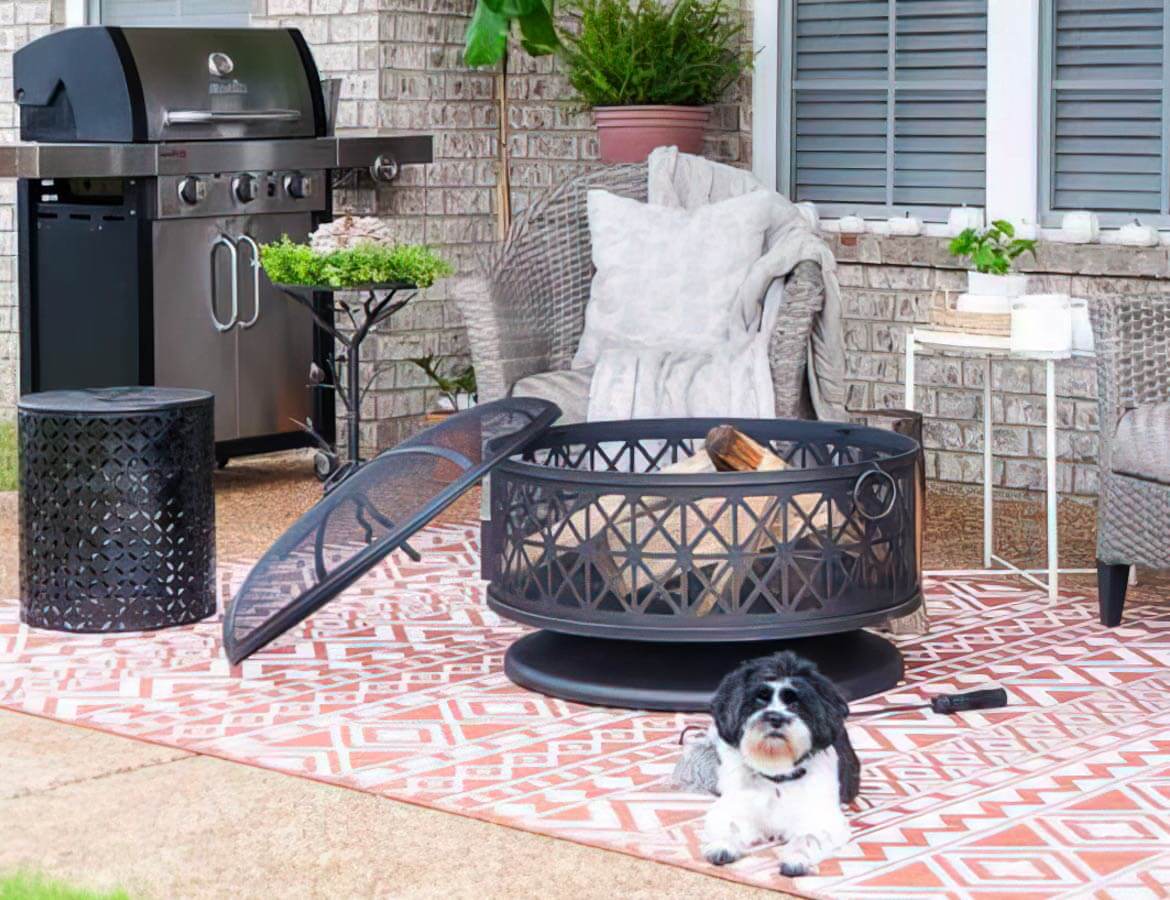
Leave a comment
All comments are moderated before being published.
This site is protected by hCaptcha and the hCaptcha Privacy Policy and Terms of Service apply.